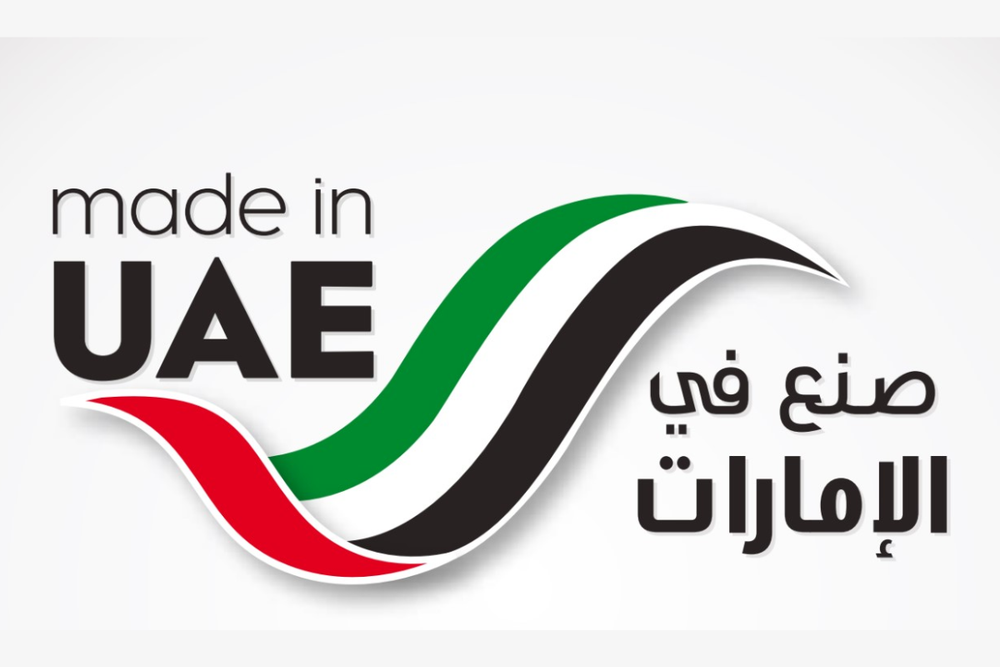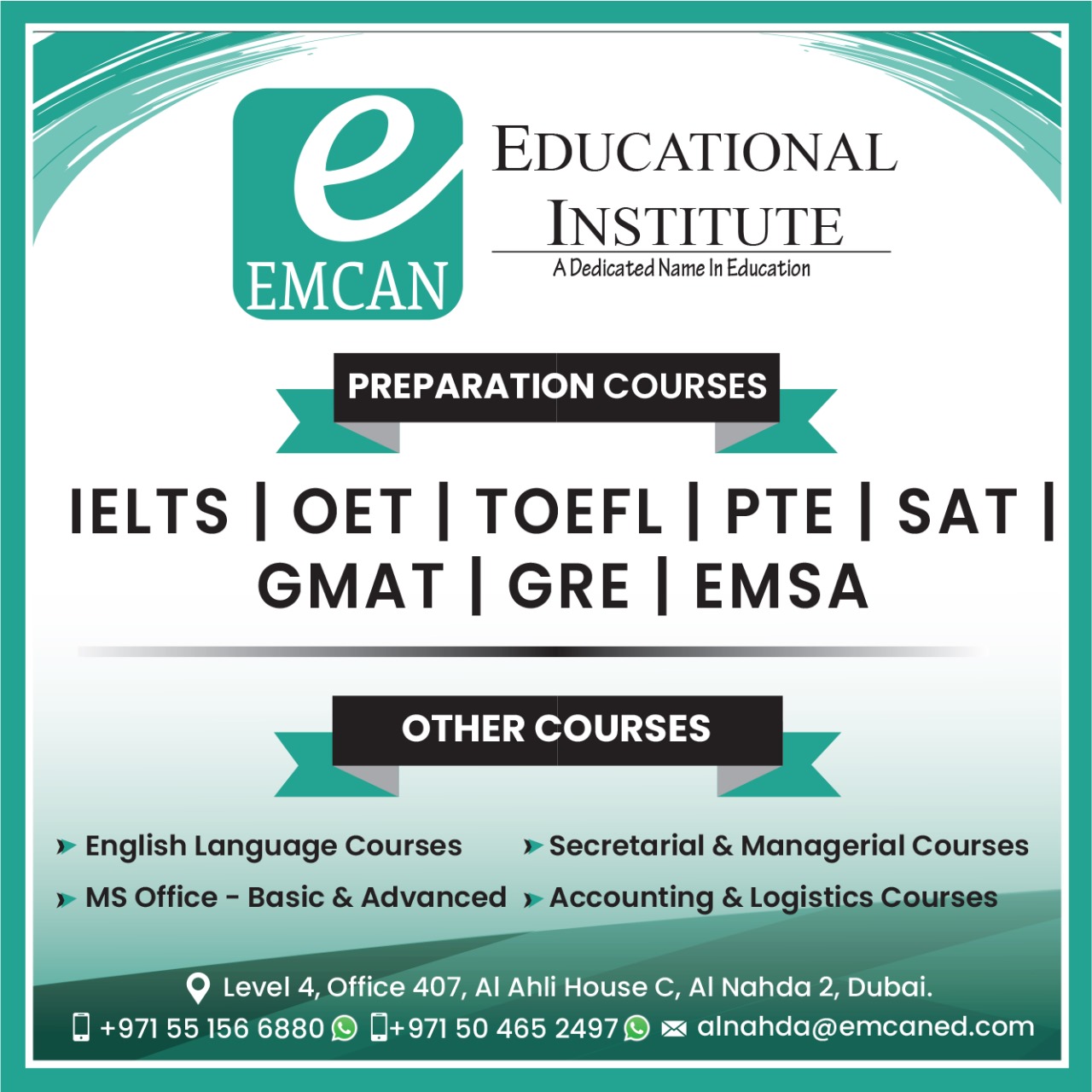By Staff Reporter
Picture walking into a Dubai supermarket, where shelves used to be packed with fancy imported stuff—think Swiss chocolates or Italian bags—but now shine with UAE-made goodies like Al Ain dates or tech gadgets crafted in Dubai Silicon Oasis. Guess what?
In early 2025, the UAE’s manufacturing scene grew a solid 5% year-on-year, hitting AED28.5 billion, and “Made in UAE” products are grabbing more shelf space than ever (Statistics Centre – Abu Dhabi, July 2025). Isn’t it wild how the UAE, once all about global luxury, is now making its own mark? Thanks to big pushes like the Make it in the Emirates Forum 2025, the country’s turning into a hub of homegrown innovation, mixing old-school desert grit with futuristic vibes (Khaleej Times, June 2025).
So, why should you care? Because storytelling isn’t just a marketing trick—it’s your secret weapon to build trust and make “Made in UAE” mean something special. It’s about turning that label into a story of quality, heritage, and bold ideas that locals love and global buyers can’t resist. Did you know 70% of UAE shoppers now pick local products for their authenticity? (SynergyME, 2025). And with exports jumping 15% through Dubai’s trade hubs, your story could go worldwide. How do you make that happen?
In this article, we’ll share easy storytelling tricks, real UAE success stories like Al Islami Foods’ farm-to-table tales, and simple tips—from digital hacks to free certifications—to help your brand win hearts at home and abroad.
Understanding the ‘Made in UAE’ Label: Foundation for Trust
Ever wonder what that “Made in UAE” tag on a product really means? It’s not just a label—it’s a guarantee of quality, creativity, and strict standards that make customers sit up and take notice. In 2025, the UAE is tightening its game with new rules to ensure products, from eco-friendly gadgets to fresh foods, meet top-notch benchmarks. Think of it as a badge that screams, “This is legit!” Why does this matter for your business? Because that little tag can make customers trust you instantly, whether they’re shopping in Dubai’s malls or browsing online from abroad.
Now, let’s talk about the big support making this happen. The UAE government is all in on boosting local products. In May 2025, they launched a system called Geographical Indications, which protects unique UAE goods—like sweet Hatta honey or juicy Al Dhafra dates—from copycats worldwide. It’s like giving your product a VIP pass to stand out and charge premium prices. Plus, there’s a push to use more local suppliers, pouring billions into UAE-made goods and services. Ever thought about how sourcing locally could cut your costs and make your brand shine?
For you, the perks are huge. You can own 100% of your business in most sectors—no need to share with a local partner anymore. There are also tax breaks, like zero corporate tax in free zones for up to 50 years, and super-easy export channels through Dubai’s ports. Imagine sending your UAE-made products to Europe or Asia with less hassle.
Quick tip: Check out the Ministry of Industry’s free tools to get your product certified. It’s a simple step that could boost your sales fast.
Why Storytelling Builds Trust
Facts may inform, but stories are what people remember. When a brand shares a genuine narrative, it connects on an emotional level rather than just a logical one. Consumers don’t only want to know what a product does—they want to feel the values, struggles, and vision behind it. That emotional bond makes a brand relatable and human, which naturally builds trust.
Storytelling also helps businesses stand out in a crowded market. Products and services can often look alike, but the story behind them is unique. For UAE brands, this means tying together local heritage, innovation, and purpose in a way that resonates both at home and abroad. A strong narrative gives international audiences more than just a product to buy—it gives them a reason to believe in the brand.
In today’s global economy, where skepticism is high and competition is fierce, a well-told story can transform perception into credibility and credibility into long-term loyalty.
Core Storytelling Strategies for UAE Brands
For UAE brands, the “Made in UAE” label is powerful—but only if supported by stories that are authentic, structured, and backed by proof. Here are four strategies that blend creativity with practical execution:
Show Authenticity Through Transparency
Publish behind-the-scenes content showing sourcing, production, or quality checks.
Use certifications (ISO, Halal, sustainability marks) as part of the story—these are technical trust signals, not just claims.
Employ data storytelling: for example, “95% of our raw materials are locally sourced” communicates honesty more effectively than generic statements.
Highlight Heritage and Innovation
Integrate UAE cultural identity into product design or packaging—Arabic typography, motifs, or references to Emirati history can become storytelling assets.
Pair this with innovation metrics, such as patents filed, R&D partnerships, or adoption of advanced tech (AI, renewable energy, or smart logistics).
A strong balance shows that the brand is both proud of its roots and future-focused.
Share Community Impact with Measurable Outcomes
Move beyond general claims of “giving back.” Share quantifiable results—like the number of local jobs created, environmental savings, or community projects supported.
Use reporting formats (annual sustainability reports, impact dashboards) to structure these stories in a professional way.
Tie the brand narrative to national visions such as UAE Centennial 2071 or sustainability drives, making your brand part of a larger journey.
Position for International Relevance
Align with global benchmarks—such as ISO quality standards, EU sustainability compliance, or FDA approvals—when exporting. These technical proofs give credibility to your story.
Localize brand messages for each market, but keep one unifying narrative thread: quality and trust tied to the UAE.
Highlight logistics advantages—like Jebel Ali Port and Dubai’s air hubs—that allow “Made in UAE” products to reach the world efficiently. This makes the story not just cultural, but also practical and competitive.
How to Share Your Story Effectively
Having a strong story is only the first step—how you share it determines its impact. For UAE brands, the right channels and methods can turn a local narrative into a global reputation.
Use Digital Platforms and Social Media
Digital is where most audiences will first meet your brand. Social platforms like Instagram, TikTok, and LinkedIn are especially important in the UAE, where internet penetration is over 99% and mobile usage is among the highest globally. Short-form videos, behind-the-scenes reels, and interactive posts help make brand stories more relatable. For B2B positioning, LinkedIn and professional blogs allow companies to showcase thought leadership, certifications, and innovation. Consistency across platforms reinforces trust.
Engage Through Events and Experiences
The UAE has a strong culture of exhibitions, trade fairs, and pop-up events. Platforms such as Dubai Expo, Gulfood, Gitex Global, and Arabian Travel Market give brands an opportunity to tell their story face-to-face. Storytelling through experiential design—booth concepts, immersive product demos, or cultural activations—helps audiences not just hear the story, but live it. Local community events, like National Day markets or Ramadan festivals, are equally powerful for building homegrown loyalty.
Partner with Local Voices and Influencers
In a market where influencers have significant sway, partnering with credible voices can amplify a brand’s story. UAE-based creators who align with the brand’s values—whether lifestyle bloggers, Emirati entrepreneurs, or sustainability advocates—can bridge the gap between corporate messaging and consumer trust. Research shows that local endorsements often outperform generic global celebrity campaigns, especially when authenticity is clear.
Adapt Stories for Global Audiences
While local pride is key, international buyers expect context. A story that works in Dubai might not resonate the same way in London or Singapore. Adapting your brand narrative means simplifying cultural references, translating messages effectively, and aligning with universal themes like innovation, sustainability, and quality. It also means showcasing compliance with global standards—such as ISO certifications or sustainability frameworks—which gives international audiences confidence in “Made in UAE” products.
Real Examples of UAE Brands
Stories become most powerful when we see them in action. Several UAE brands have successfully used storytelling to build trust and expand their influence, both locally and internationally.
Emirates Airline
Emirates doesn’t just sell flights—it sells the story of Dubai as a global hub. Its campaigns highlight luxury, innovation, and world-class service, turning every journey into a reflection of the UAE’s ambition. The lesson here is scale: when your brand story aligns with the nation’s image, it carries credibility and universal appeal.
Al Ain Water
As one of the UAE’s most trusted homegrown products, Al Ain Water anchors its story in purity, sustainability, and health. By positioning itself as a guardian of wellness, it wins trust in a market crowded with international bottled water brands. The takeaway is that consistency—delivering the same message of quality over time—builds loyalty.
Noon
Noon tells the story of being a digital marketplace born in the region, built to serve the region. By presenting itself as a homegrown alternative to global e-commerce giants, it taps into pride and trust. Its story emphasizes convenience, cultural relevance, and commitment to the Arab consumer. The learning here is differentiation: highlighting local roots can be a competitive advantage even in highly globalized sectors.
Mirzam Chocolate (Dubai-based)
Mirzam tells a different kind of story—one of craftsmanship and heritage. By drawing inspiration from the spice trade routes that once passed through the Arabian Gulf, its packaging, design, and flavors evoke cultural history. The brand shows that even in luxury niches, weaving heritage into storytelling can elevate a product from consumable to collectible.
Lesson for businesses: each of these brands shows that trust comes from more than products—it comes from stories tied to values, identity, and a clear sense of place. Whether it’s through innovation, wellness, convenience, or heritage, “Made in UAE” brands thrive when they give people something to believe in.
Key Takeaways for Businesses
For UAE brands aiming to grow under the “Made in UAE” identity, strong storytelling must go hand in hand with strategy. Here are three clear lessons:
Define Your “Why”
Brands that succeed are those with a clear purpose. This means going beyond profit and asking: Why does this brand exist? Whether it’s to champion sustainability, showcase Emirati craftsmanship, or bring innovative solutions to the region, a well-defined purpose guides every part of the story. It also helps consumers connect with the brand on a deeper level, as they know what it stands for.
Keep Stories Simple and Consistent
In an era of information overload, clarity matters. Complex or constantly changing messages create confusion, while simple and steady narratives build recognition. Consistency across platforms—digital, physical, and experiential—ensures that the brand voice is trusted and easy to recall.
Build Local Pride and Global Trust
UAE brands must balance two fronts: strengthening local loyalty while gaining international credibility. Locally, this can mean celebrating heritage and contributing to community development. Globally, it requires aligning with international benchmarks, such as quality certifications and sustainability standards. The combination of both builds a brand that people trust at home and respect abroad.
The “Made in UAE” label is entering a stage where it represents quality, ambition, and innovation. With national strategies driving industrial growth and global markets opening up, the UAE is well-positioned to shape its reputation as a trusted source of products and ideas.
For businesses, the path forward is clear. Those that define their purpose, communicate it consistently, and back it with real standards will stand out. Storytelling will remain a critical tool, but it must be supported by transparency, measurable impact, and a global outlook.
The potential is significant: UAE brands can earn loyalty at home while gaining respect abroad, turning their stories into a bridge between local pride and international recognition. The future of “Made in UAE” belongs to companies ready to build trust through clarity, credibility, and vision.
Source: Dubai Focus


